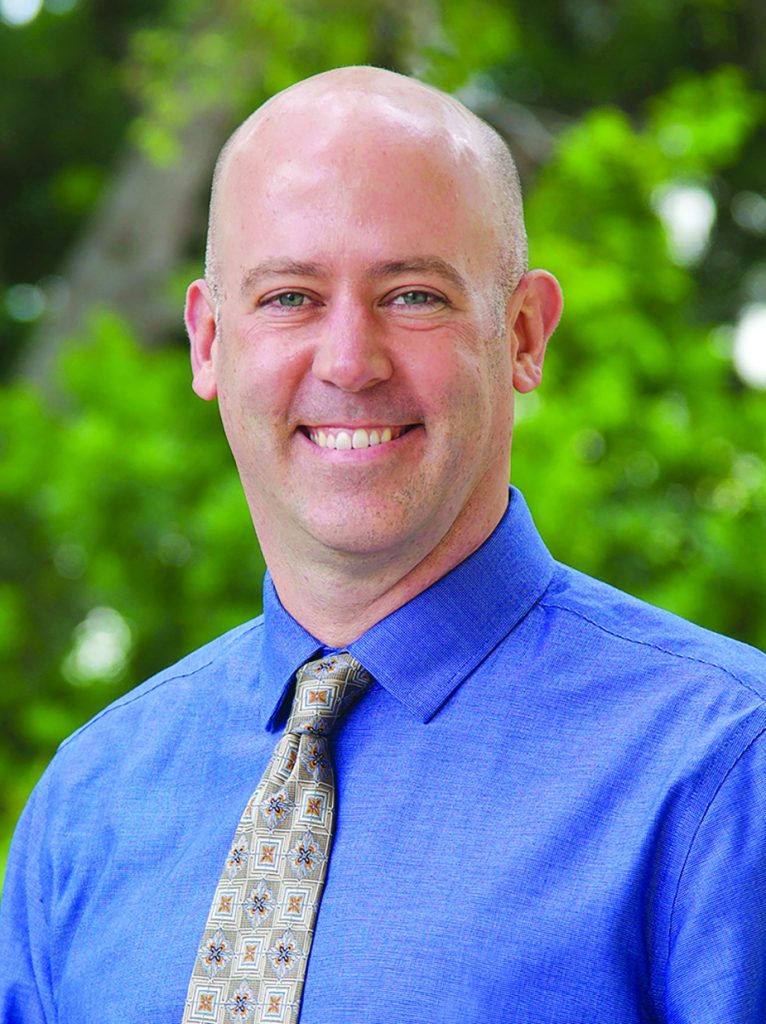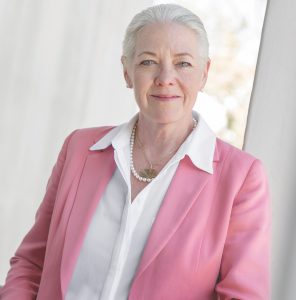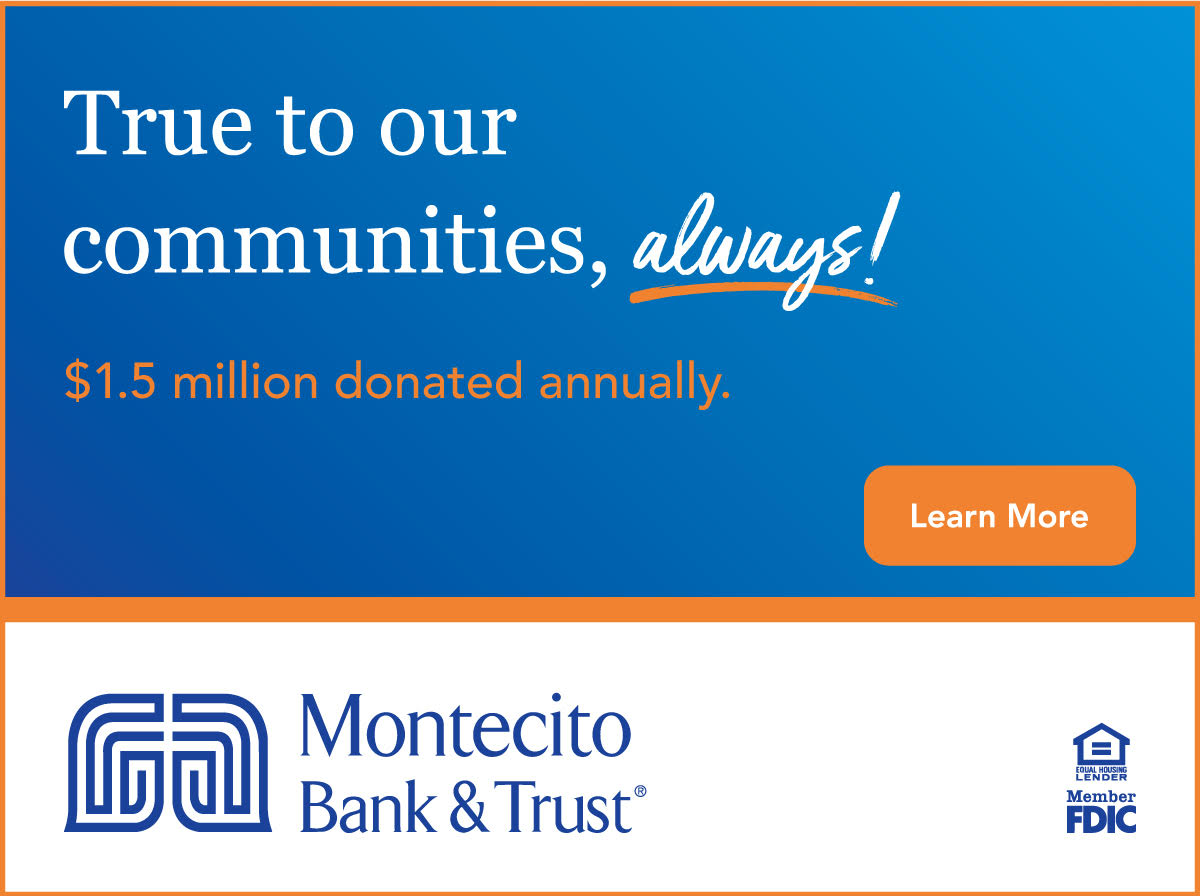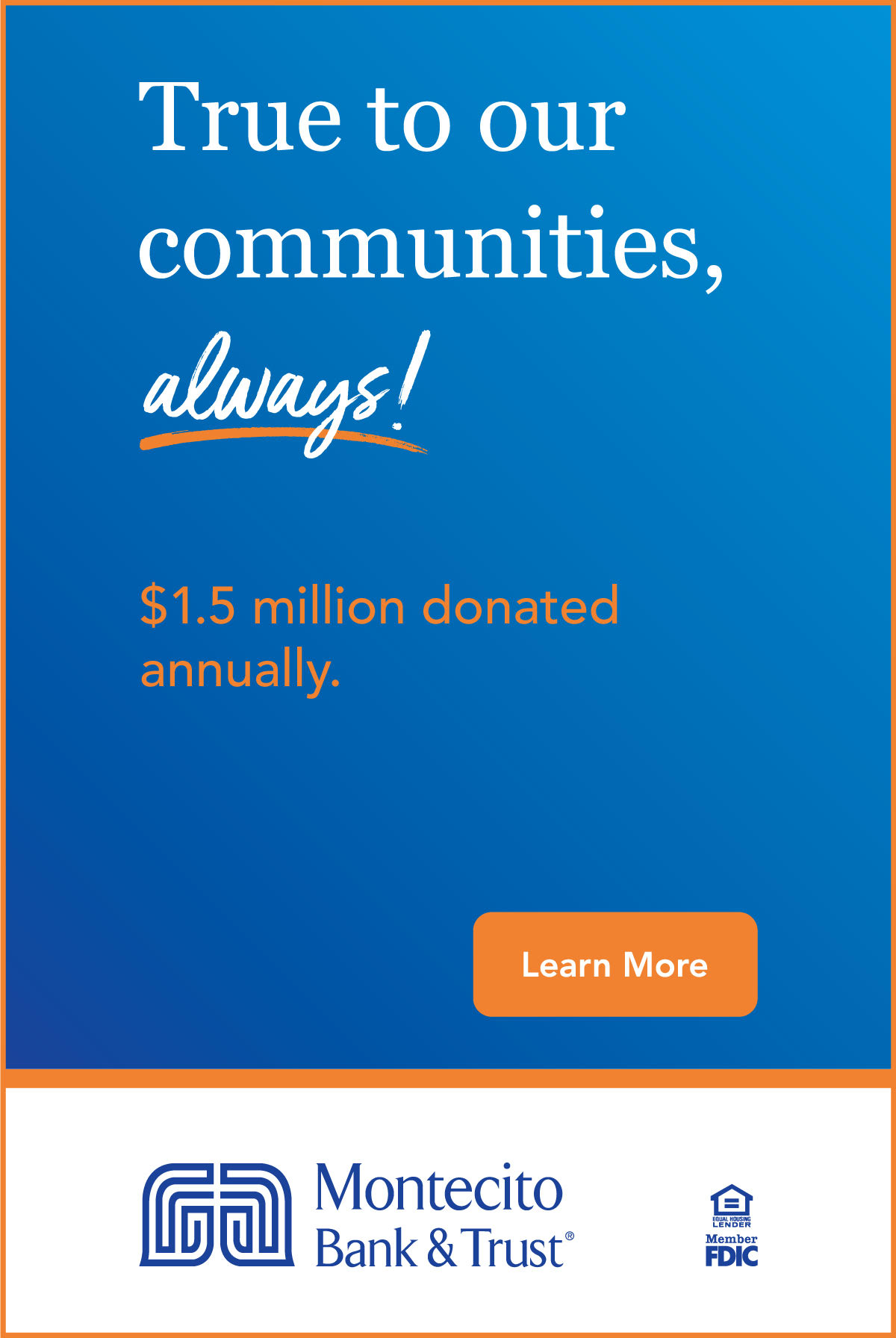Shining a Light on the Power of Community College
As told to Brian Rinker

Geoff Green’s mantra is “of, by, and for.” Having learned the value of both activism and philanthropy at an early age, he witnessed the power of people organizing on their own behalf. As a result, Green says it’s his “obligation to be part of the solution.”
That’s what he had been doing for the last 25 years, working as a community organizer and philanthropic leader on issues of racial equity, affordable housing, and environmental justice, before becoming the top executive at Santa Barbara City College Foundation. There he took on its mission of helping people from all walks of life attend community college in Santa Barbara. For many, education is a path to personal fulfillment, a better job, and higher quality of life.
Education has always been a big part of Green’s life.
“I grew up in a family of teachers and there was a strong probability that I would follow suit,” he says. In fact, he went the teacher route as an outdoor educator in Yosemite National Park. But he left after a handful years to pursue community organizing in Santa Barbara.
In a conversation with The Giving List, Green discusses why he left his dream job in Yosemite, and how he was able to lead the SBCC Foundation during the pandemic into a stronger position than before the virus turned the world upside down.
What made you leave your dream job to begin community organizing with Santa Barbara nonprofits and eventually the foundation?
I loved education but didn’t want to be in a classroom. I love the outdoors, and still do. Yosemite was a second home for me as a kid.
I always thought, “Wow, what if my job was to help people connect to one of the most spectacular places in the world; take people on hikes, talk about mountain lions, talk about Native American history, talk about geology, and help them connect?” And that’s what I did for a while. I absolutely loved it. But there wasn’t much of a future in it. At the time, the permanent jobs were being cut. So, I left. But that desire to talk with people from all walks of life and discuss important ideas has never left me.
Why did you go from social justice organizing to the SBCC Foundation?
To be frank, the connection wasn’t obvious to me at first. I became interested once I could see the link between all those issues I had worked on and the role that a community college can play in moving those issues forward. Whether we’re talking about economic development, social equity, advancements of one’s own capacity to earn and support themselves and a family, I would argue the best tool we have at an institutional level is community college.
You’re in the community college world now. It faces a lot of challenges; what are your ideas for improving California’s community college system?
I believe community college should be free to all. The cost of a California Community College education is low relative to other states, but it is still a barrier – especially the cost of books and supplies, not to mention basic living expenses. It should be accessible to every resident of California.
That’s what it was for most of our history up until 1982. Community colleges were created to open the doors to higher education. Today a four-year liberal arts degree can be debilitatingly expensive and may not be the best choice for everyone. Community colleges offer transfer pathways, training in technical fields and trades, mid-career upskilling, and more. Remember, community colleges have students of all ages, from teens to seniors.
“I’ve dedicated my career to supporting people to advocate for themselves and asking donors to trust the wisdom of those who are personally facing adversity. We all need to trust and support their leadership.”
You have led SBCC during what has been a difficult time for everyone; how has it risen to meet student needs during the pandemic?
In the first few weeks of the pandemic, we distributed almost $2.1 million in emergency grants to 2,335 students, well before the CARES Act or other local support was available. That’s the value of independent, nonprofit organizations. We can move quickly and creatively. Many of our students are dependent on low-wage hourly work in hospitality, tourism, service, or related industries. We had to make sure that our students could remain enrolled and complete the semester despite suddenly losing their jobs during the shutdown.
How did the pandemic disrupt fundraising?
At the very beginning, a third of our operating budget revenue evaporated overnight. Much of it is raised in the spring through in-person events, a gala, and cultivation events with major donors – and suddenly that wasn’t an option.
We cut back severely on our operating budget, almost 20%, without laying off any staff. We kept our team intact but cut way back on everything else. We had spent the prior five years building a reserve and ensuring we had a balanced budget. Money is a tool that buys you options. So, when the pandemic hit, we had options, and that was what kept us going.
We’ve emerged in a stronger position today than we were before the pandemic. We had over $10 million in investment earnings because the markets were going through the roof; we had a decrease in distributions because the college needed less for those programs that were on hold temporarily; we had a $20 million gift that came in the spring. All of that contributed to a 50% increase in assets; we went from a $60 million foundation to a $90 million foundation.
That increase was largely due to the spring gift of $20 million from MacKenzie Scott. Do you have big plans for that $20 million?
We’re still in discussions on that. $20 million can accomplish a lot, but it is not as big as many people assume. It represents just 20% of the annual operation budget of the college. And when you compare it to the endowments of most four-year institutions, it seems rather modest. Community colleges receive just 2% of private giving to higher education, despite educating nearly 50% of all students in the country.
We need to be cognizant of what resulted in a gift like that in the first place. The donor was clear that the gift was made because of SBCC’s track record of effectively serving our community’s most marginalized students. The first thing we need to do is make sure those programs are fiscally stable. Many don’t realize that the most innovative outreach and support programs are primarily funded by the private gifts via the SBCC Foundation. Then we’ll look at those efforts that are ready to launch but have only been held up for lack of resources – faculty are incredibly innovative and know what is needed, but the public dollars aren’t always available.
Let’s talk about the big picture. In your opinion, how can philanthropy be improved?
In our culture, we tend to patronize those in need, but the fact is that nobody knows the challenges we face better than those currently dealing with them. I’ve dedicated my career to supporting people to advocate for themselves and asking donors to trust the wisdom of those who are personally facing adversity. We all need to trust and support their leadership.
I’d like to see policymakers take the nonprofit sector more seriously. Nonprofits are a powerful force for good, a major employer, a robust economic sector, and in my opinion, the most innovative organizations we have.
Any time policymakers are thinking about something, it’s not uncommon for them to say, “Well, what would the Chamber of Commerce say about that?” And I’d like them to say, “Well, what would the nonprofit sector say about that?” Can you imagine how different our world would be if the people on the front lines of the struggles for affordable housing, access to healthy food, education, and racial justice were setting policy?


